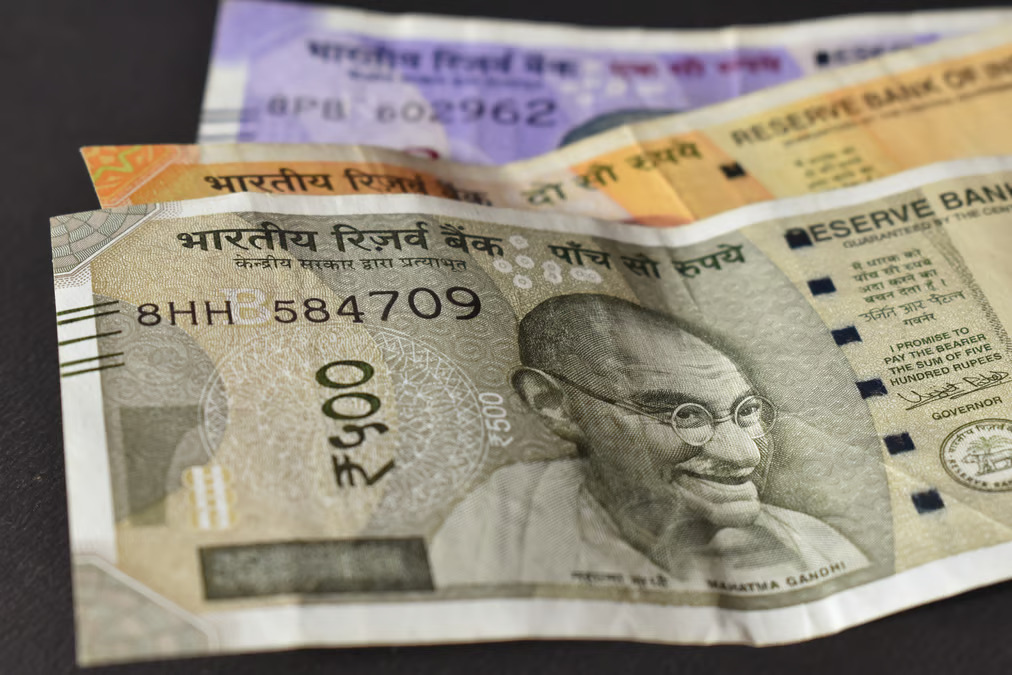The Reserve Bank of India (RBI) has crossed yet another important mark in its financial journey whose balance sheet size has reached Rs 70 lakh crore. at the end of March 31, 2024, the total trust funds shall be Rs. 48 lakh crore. This is quite significant making it 11 in total. A 08 percent growth from the previous fiscal year (FY23) has been revealed by the central bank, which is acting as a bigger player in the economy. Figures reveal that as of now the RBI’s Balance Sheet is about USD 844. 76 billion which is almost twice that of the second application. Five times the size of Pakistan’s entire GDP that stands at $338 billion, it is a big figure indeed. The World Bank group and the International Monetary Fund (IMF) have estimated the global GDP at $24 trillion.
Financial Performance and Metrics.
RBI balance sheet size is indicative of sound financial health of the institution and its balance sheet has been expanding. The income of the central bank rose by 17 percent. The revenue was FY24 is expected to increase by 4 percent while expenditure reduced by a large margin with 56 percent. 30 percent. This efficient management led to a very good record of achieving a remarkable 141. 23 percent rise in the surplus of the RBI which was Rs 2. 11 lakh crore. This surplus has in recent times been transferred to the Central Government and this has boosted the national treasury greatly.
Besides the surplus, the RBI has also planned to release Rs 42,820 crore towards its contingency fund in FY24 so that it can effectively deal with any risks that may emerge in the future and maintain financial stability.
Economic Implications
The size of the RBI’s balance sheet has been expanded to 24 as per the table below. One percent of India’s GDP at the end of March 2024 from 23. It means a deviation from the previous year’s trend of 5 percent which shows a return to the pre-pandemic trend. This normalization is important because it puts emphasis on the role of the central bank in controlling the economy, especially in the event of a crisis and then moving back to its normal functions.
RBI has maintained a positive stance on the Indian economy due to the increasing stability of the macroeconomic environment. The central bank has forecasted a real GDP growth rate of 7. 0 percent for the fiscal year ending in FY25. This positive outlook is supported by the government’s commitment to capital spending, fiscal tightening, and the positive consumer and business sentiment.
Issues of Inflation and Economic Stability
Despite this optimism, the RBI recognizes food inflation as one of the enduring issues because food inflation is always prone to supply side shocks. This has been a major factor that has limited the speed at which headline inflation converges with the RBI’s desired target. But, the central bank has projected that the control of food inflation especially in the rural areas will lead to increase in consumption demand and thus boost economic growth.
The RBI has also noted that the Indian economy has a strong external sector, and the country has ample forex reserves that act as a cushion to protect the domestic economy from external shocks. These reserves act as a buffer against external shocks and help to promote the financial stability of the nation.
Future Prospects
The central bank’s positive economic outlook is buoyed by several factors, including the government’s continued thrust on capital expenditure, fiscal consolidation, and an optimistic consumer and business sentiment. These factors are expected to drive investment and consumption demand, positioning the Indian economy on a growth trajectory over the next decade.
The RBI’s proactive measures and prudent financial management have not only stabilized the economy during challenging times but also set the stage for sustained economic growth. As the headline inflation eases towards the target, the increased consumption demand, particularly in rural areas, is likely to contribute significantly to the overall economic growth.
Conclusion
The significant growth in the RBI’s balance sheet, alongside its robust financial performance and strategic management, underscores the central bank’s pivotal role in India’s economic landscape. With a positive outlook for the future, driven by strong macroeconomic fundamentals and strategic government policies, the Indian economy is well-placed to achieve a higher growth trajectory. The RBI’s efforts in maintaining financial stability and fostering economic growth will continue to be instrumental in shaping the country’s economic future.

1 Comment
Pingback: Indian Rupee Gains Momentum, Rises to 83.44 Against Dollar